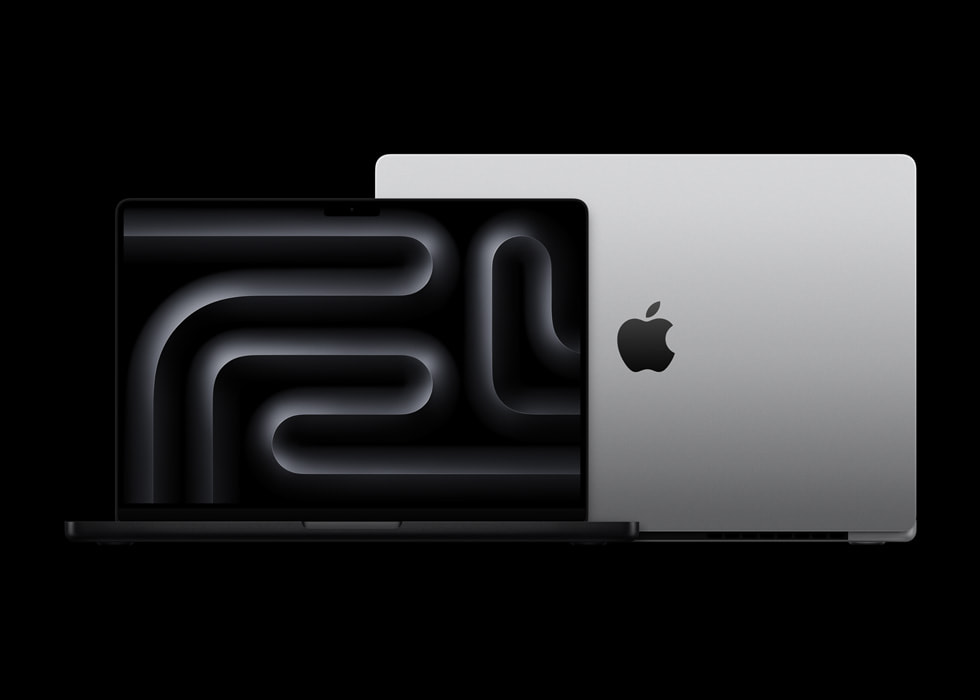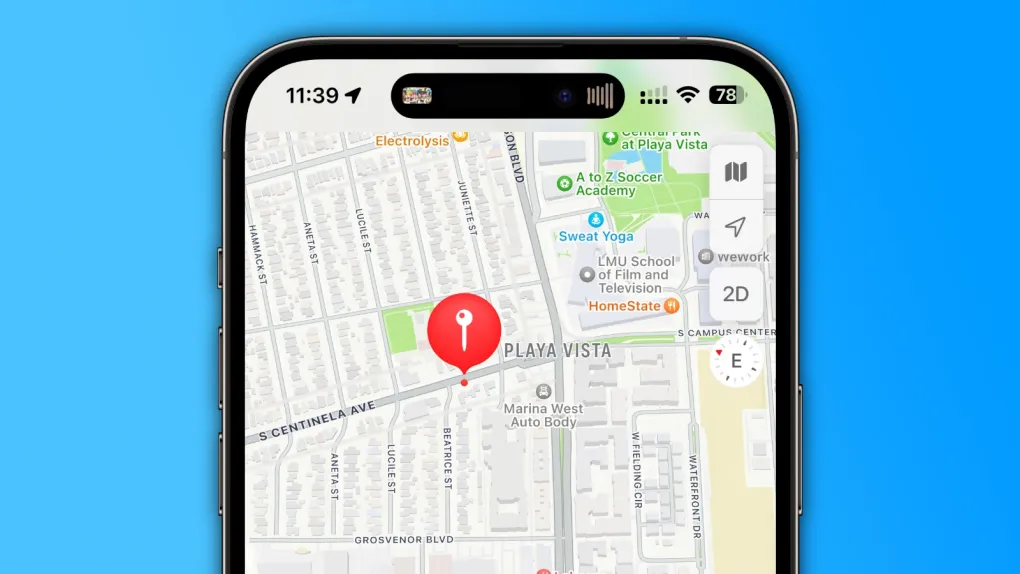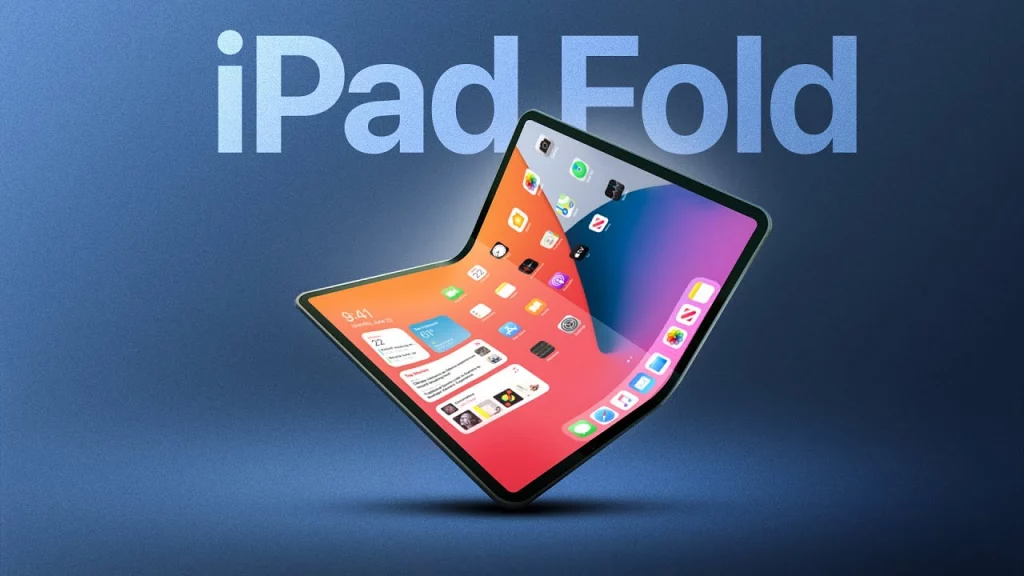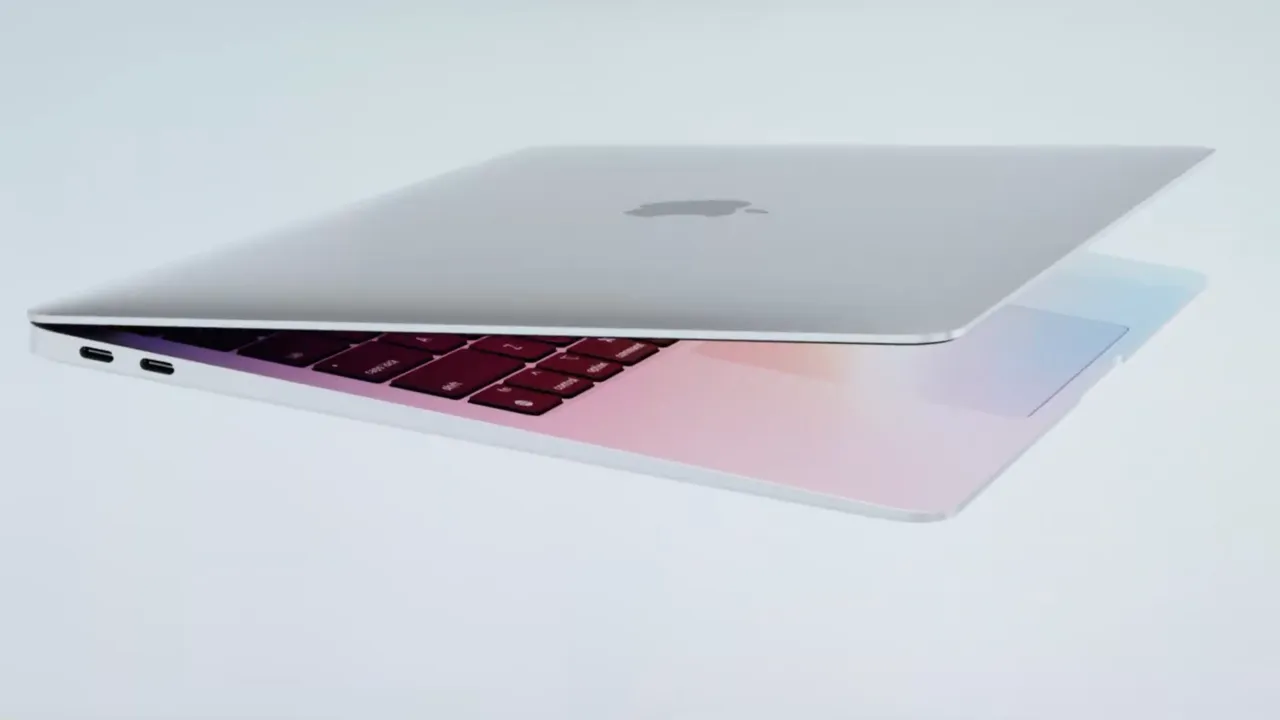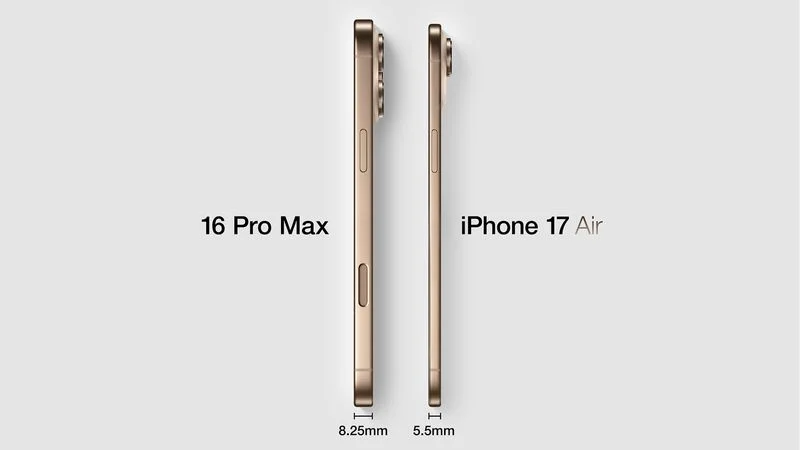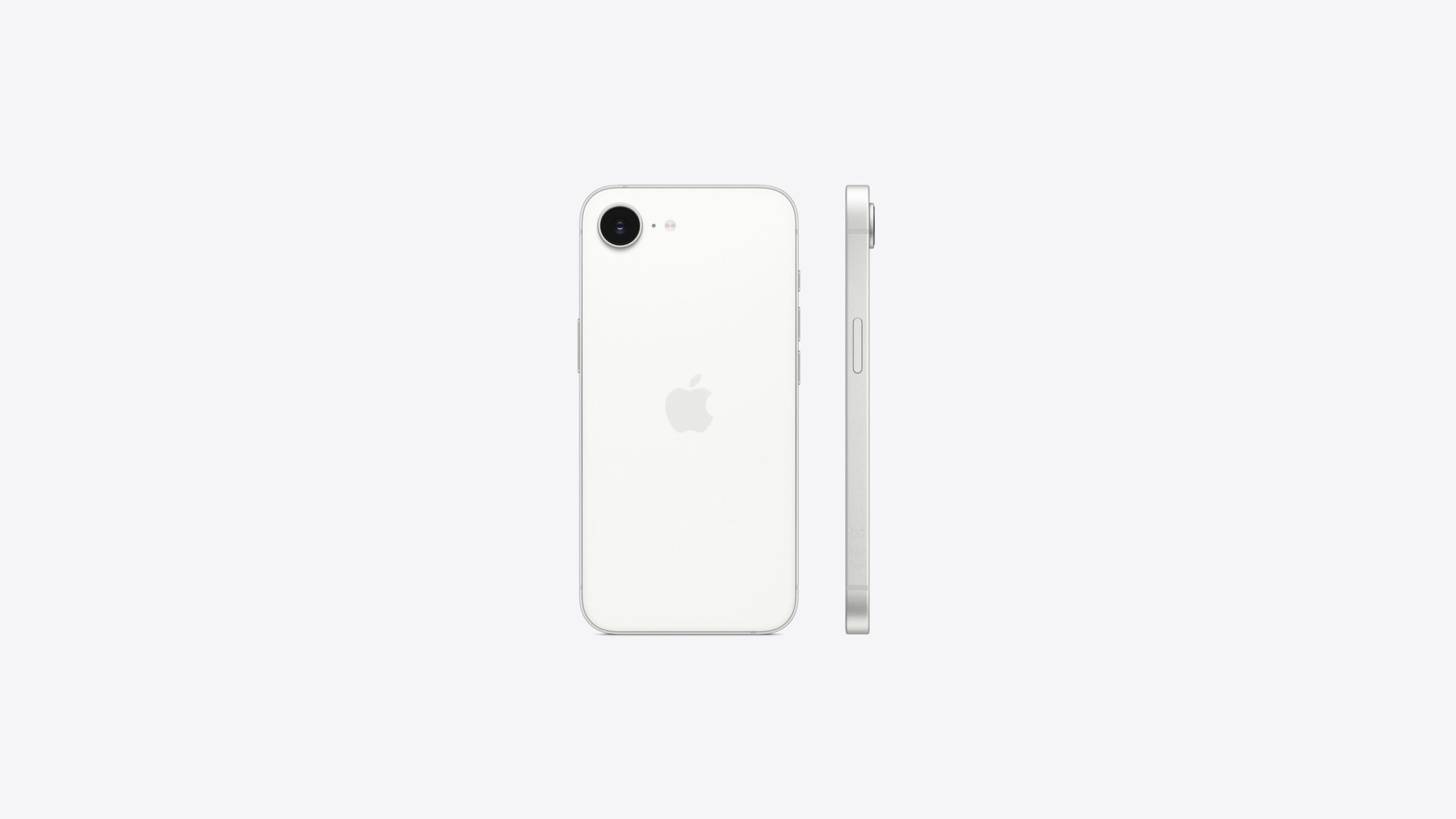At WWDC24 last summer, Apple introduced a bunch of Apple Intelligence features, and one that’s been stirring up some debate is notification summaries. People have spotted mistakes in these summaries, which led Apple to tweak their look and even turn them off for news updates. While these summaries won’t ever be flawless, there’s a simple way Apple could make them better. I’d love to see this idea show up in iOS 19.
What Notification Summaries Do
The goal of notification summaries is to help you skim your alerts. The feature scans all the notifications in a group, sums them up, and does it all right on your device. Sounds handy, right? But there’s a big catch: Apple Intelligence can only work with what’s in the notification itself.
This might seem obvious, but here’s the issue: Notifications are already super short. They’re designed to fit in a tiny bubble for quick reading. Plus, the system has to be small enough to run on a chip like the A17 Pro, so it doesn’t have much wiggle room to figure things out.
Why Summaries Miss the Mark
Take group chats in iMessage, for example. People often reply to different things at once in busy threads. That’s fun, but Apple Intelligence doesn’t get the full picture. It ends up mixing everything into one messy, wrong summary.
Right now, it just sums up short notifications in the order they come in. That doesn’t always work well. Here’s my fix: let app makers give Apple’s system some extra info to work with. For iMessage, Apple could tell the system what a new message is replying to.
My Hope for Apple’s Next Step
If apps could share a bit more background info—stuff users wouldn’t see—it’d help Apple’s system make smarter summaries. Back in December, Apple Intelligence botched a BBC News summary about Luigi Mangione. It was way off, and Apple ended up turning off news summaries altogether.
But imagine if the BBC could share the story’s opening paragraph as extra info. That’d give Apple Intelligence more to chew on, leading to better summaries. Big language models will always have quirks, especially ones tiny enough to run on a phone with just 8GB of RAM. Still, Apple can’t keep news summaries off forever. Adding background information from apps could be the answer they need.
